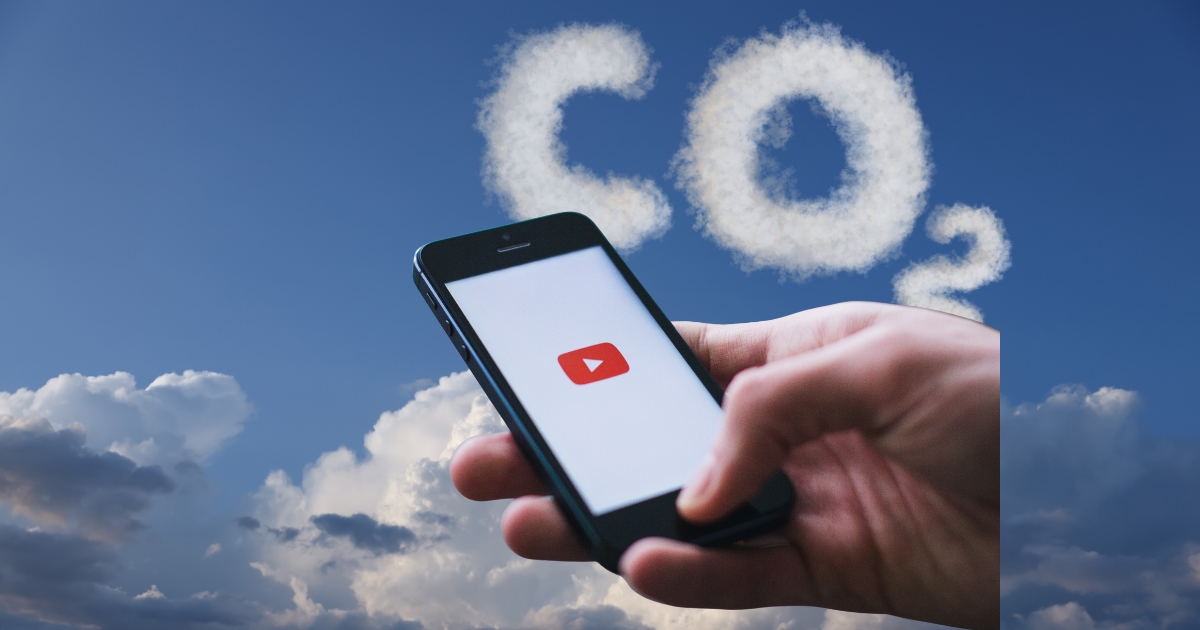The Carbon Cost of Streaming in Your Mobile Welfare Unit
Date: 03/07/25

There are lots of ways to make your team more environmentally friendly on your construction site, from powering the site itself with renewable energy from a solar powered generator, to choosing energy efficient mobile welfare units for their breaks. It all helps to cut the carbon emissions of your site and reduce the greenhouse gases that are warming our atmosphere.
Unfortunately, there’s not a lot that you can do to improve the energy efficiency of the internet that they use while taking those breaks, as they unwind watching YouTube or TikTok videos. We all take the net for granted as part of our daily lives, but while we understand the emissions of a car or a diesel generator, few of us understand just how energy hungry life online can be.
So, how much energy does the internet actually use? How much power does a Google search take? And why should you always try to use WiFi, rather than 3, 4 or 5G?
The energy hungry internet
The internet may seem rather insubstantial and ethereal, but it’s actually a power-hungry monster that gobbles up energy. Google recently released figures which show that its emissions have increased by more than 50% since 2019. At over 30TerraWatt hours, Google’s energy consumption is almost the same as the whole of Ireland! They have a target of Net Zero by 2030, but the numbers are clearly heading in the other direction.
Each individual Google search only uses a tiny 0.0003kWh of energy and produces just 0.2g of carbon dioxide – about the same as turning on a 60W lightbulb for 17seconds. However, when you consider that there are 3.5billion Google searches every day, you can soon see how Google accounts for around 40% of the internet’s carbon footprint.
Overall, when you take into account the data centres needed, along with the distribution networks and energy required to run routers and individual devices, it’s estimated that the internet uses between 200 and 400 Terra Watts of electricity a year (more than the whole of Argentina) and is responsible for 1.7billion tonnes of CO2. This is equivalent to 3.7% of all global emissions, and it is growing exponentially. Albert Fert, a Nobel prize winner in physics, estimates that digital data will account for as much as 20% of electricity consumption by the end of the decade.
Video nasties
It’s estimated that 50% of all internet traffic is made up of video streaming, from watching Netflix at home to scrolling through crazy videos on TikTok and YouTube. There are over 4.2million streams every minute on YouTube alone, releasing as much CO2 as a 100W lightbulb would if you left it on for a whole year. And the sharper the picture, the higher the emissions, with 4K producing eight times the emissions of standard definition.
Even emails contribute to global warming. A study by OVO energy found that if everyone in the UK sent just one less email a day, we would save over 16,000 tonnes of CO2 every year – the same as taking 33,000 diesel cars off the road.
Every little helps
As we often say on this blog, every little helps when it comes to cutting carbon dioxide emissions and fighting global warming. From switching to solar powered generators and changing to an eco-friendly mobile welfare unit, it is all part of the bigger picture of climate action that we all need to take to protect the planet and preserve the environment for ourselves and for future generations.
To find out how your sites can contribute to the national target of Net Zero by 2050, get in touch with Think Hire today. Together, we can more than offset the carbon created by those crazy cat videos.
